Sigma A 28 mm f/1.4 DG HSM
5. Chromatic and spherical aberration
Chromatic aberration
The following photographs show that the longitudinal chromatic aberration is corrected well. Only at the maximum relative aperture in out-of-focus areas positioned further in the frame you can notice some colouring but it won’t be especially disturbing in real life photos.In this category the Sigma and the Otus fared distinctly better than the Nikkor AF-S 28 mm f/1.4E ED, which experienced noticeable problems.
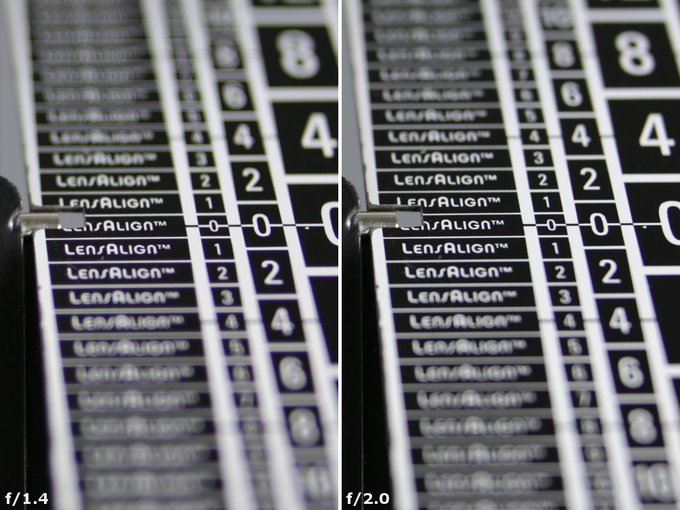 |
Let’s glance at the performance in the category of lateral chromatic aberration, depending on the aperture and the size of the detector.

Please Support UsIf you enjoy our reviews and articles, and you want us to continue our work please, support our website by donating through PayPal. The funds are going to be used for paying our editorial team, renting servers, and equipping our testing studio; only that way we will be able to continue providing you interesting content for free. |
- - - - - - - - - - - - - - - - - - - - - - - - - - - - - - - - - - - - - - - - - - - - - - - -
The majority of values stay near 0.06–0.07% so their level is low; it means the tested Sigma doesn’t have any problems with this aberration. However its rivals fared similarly well: the Otus had sensational results of about 0.03% and the Nikkor performed equally well, with lateral aberration included in the 0.05–0.06% range.
| Canon 5DáIII, RAW, f/1.4 | Canon 5DáIII, RAW, f/5.6 |
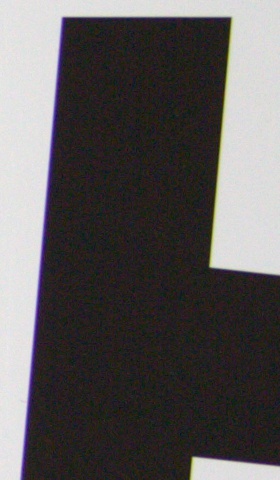
|
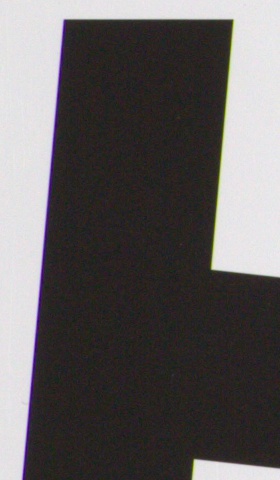
|
Spherical aberration
First photos of this chapter don’t feature even the slightest influence of ‘focus shift’ so the level of spherical aberration can’t be high or very high. Still, defocused circles of light show that its correction is far from perfect. The circle before the focus features a distinct, light rim and the edges of the one after the focus are soft. These are classic symptoms of the aberration, and such a performance proves that the optics doesn’t correct it well. It’s hard to say whether you see a result of a deliberate strategy, aimed at improving a better appearance of out-of-focus areas, or it is a price you have to pay for a better correction of another optical aberration.
| Canon 5DáIII, f/1.4, in front of | Canon 5DáIII, f/1.4, behind |
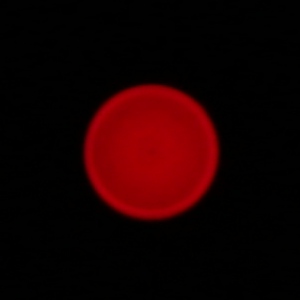
|
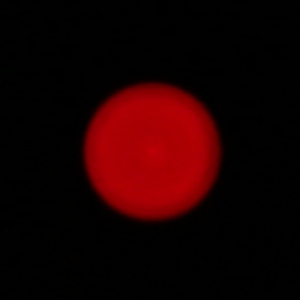
|






